Reserve Bank of Zimbabwe (RBZ) Governor Dr. John Mushayavanhu says the central bank is making steady progress in consolidating price stability, growing foreign reserves, and reinforcing the banking sector's resilience, despite persistent macroeconomic headwinds.
In an interview, Dr. Mushayavanhu said the Zimbabwe Gold (ZIG) currency had brought a measure of stability to prices, with month-on-month inflation averaging 0,5% between February and June 2025. This follows tight money supply management aimed at keeping growth aligned with inflation targets and economic capacity.
"ZIG month-on-month inflation has been below 1% since February 2025, standing at 0,3% in June," Dr. Mushayavanhu said. "This reflects an appropriate monetary stance that balances growth potential with price stability."
The governor revealed that the country's total holdings of gold and foreign currency reserves had risen from US$270 million in April 2024 to US$731 million by June 2025 — equivalent to about one month of import cover, up from 0,4 months a year earlier.
While this remains well below the international standard of three months — and the SADC benchmark of six months — Dr. Mushayavanhu noted that in a multi-currency economy, most import needs are met from individuals' and companies' own foreign currency accounts (FCAs).
"About 95% of import payments are funded from FCAs. The RBZ only intervenes to cover shortfalls," he said, adding that the bank is building reserves in preparation for a planned transition to a mono-currency system by 2030.
Zimbabwe's banking sector remains strong, with non-performing loans (NPLs) at 3,34% as of March 2025, down slightly from 3,37% at the end of 2024. This is well within the 5% global benchmark.
Dr. Mushayavanhu said the low NPL ratio reflects healthy asset quality, reduces provisioning needs, and allows banks to allocate more capital toward lending in productive sectors.
Foreign Currency Transactions Top US$5 Billion in Six Months
Between January and June 2025, Zimbabwe processed US$4,56 billion in import payments through FCAs, US$480 million through market trades, and US$450 million via RBZ interventions. Much of this, he said, supported manufacturing, mining, agriculture, education, and services.
Broad money supply (M3) stood at ZIG93,17 billion in May 2025. The governor said the RBZ's prudent management of reserve and broad money has helped contain inflation and maintain exchange rate stability.
To boost formal remittance flows, the RBZ has set up a dedicated Diaspora Desk to engage overseas Zimbabweans, promote investment opportunities, and safeguard their interests. Remittances are classified as free funds, allowing recipients to withdraw in foreign currency.
Balancing Interest Rates with Growth
The bank's policy interest rate is currently at 35%, maintaining a positive real rate given projected annual inflation of around 30%. To ease credit access, the RBZ runs a Targeted Finance Facility that lends to banks at 20% for on-lending to productive sectors at no more than 30%.
Dr. Mushayavanhu said the RBZ has issued 942,8 kg worth of gold-backed digital tokens (GBDTs) since launch, with 196,6 kg still outstanding as of July 15, 2025. ZIG notes in circulation are equivalent to about US$12,5 million.
"We have over US$700 million in gold and foreign currency reserves, which cover the currency and GBDTs more than 20 times," he said.
The RBZ's reserves strategy aims to reach three to six months' import cover by 2029, anchoring long-term currency stability.
- BD
 Zimbabwe's budget falls short of Abuja health target funding
Zimbabwe's budget falls short of Abuja health target funding  South Africa's debt-to-GDP ratio worsens under Ramaphosa
South Africa's debt-to-GDP ratio worsens under Ramaphosa 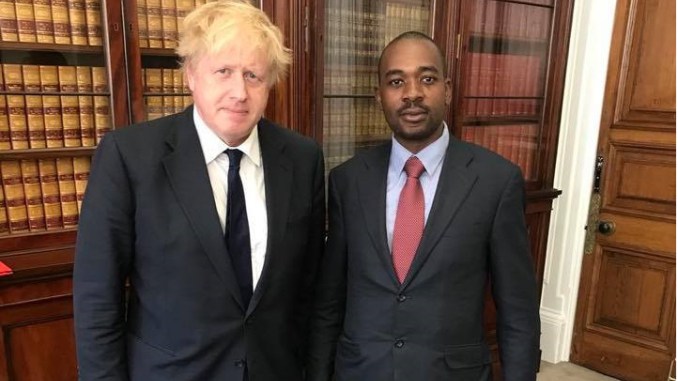 UK's Boris Johnson quits over Brexit stretegy
UK's Boris Johnson quits over Brexit stretegy  First Mutual to list Zimbabwe's first gold ETF
First Mutual to list Zimbabwe's first gold ETF  Zimbabwe on track for 6% growth
Zimbabwe on track for 6% growth  Econet defends fair usage policy amid backlash
Econet defends fair usage policy amid backlash  Young Investment Professional (YIP) Graduate Programme 2019
Young Investment Professional (YIP) Graduate Programme 2019 
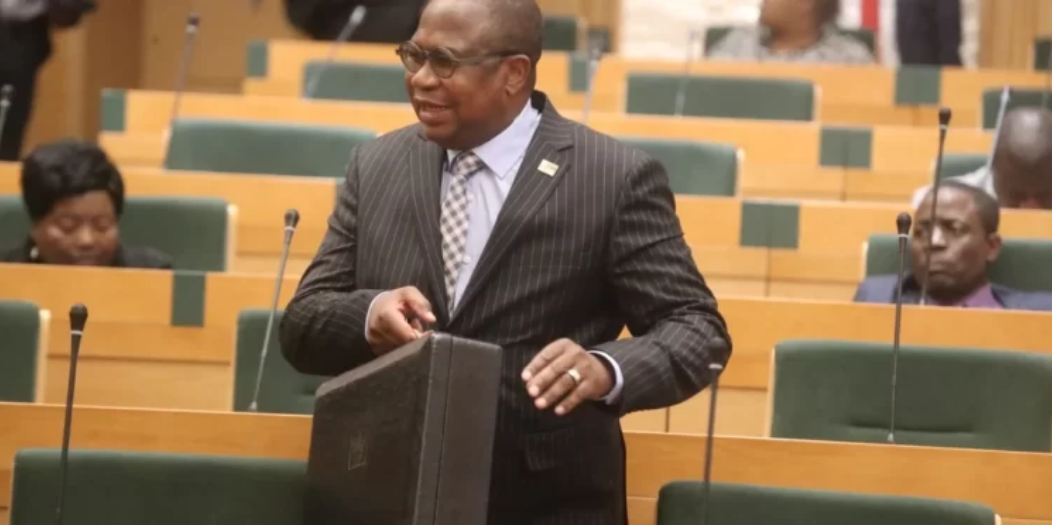



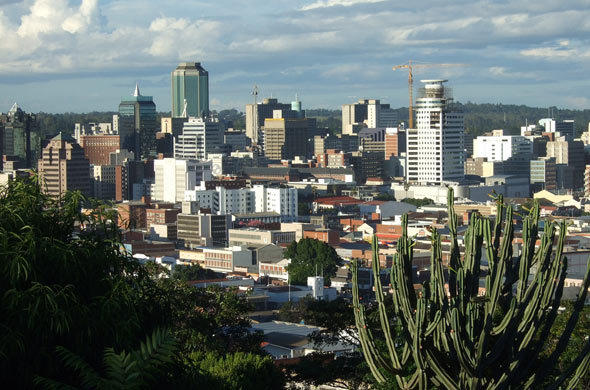

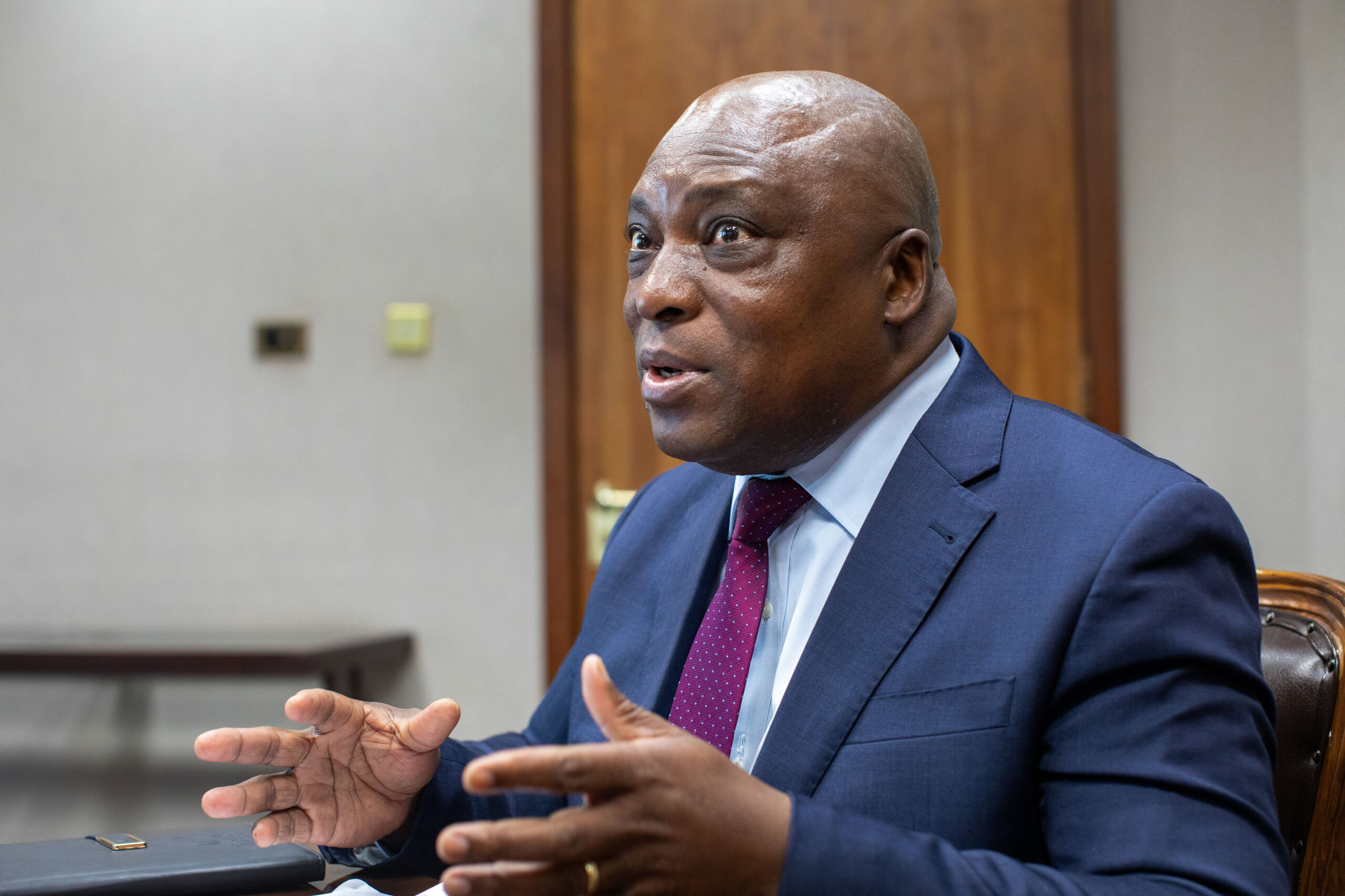

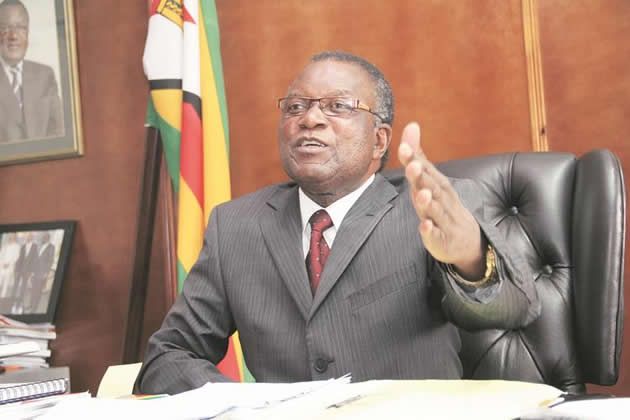

 Young Investment Professional (YIP) Graduate Programme 2019
Young Investment Professional (YIP) Graduate Programme 2019
Editor's Pick